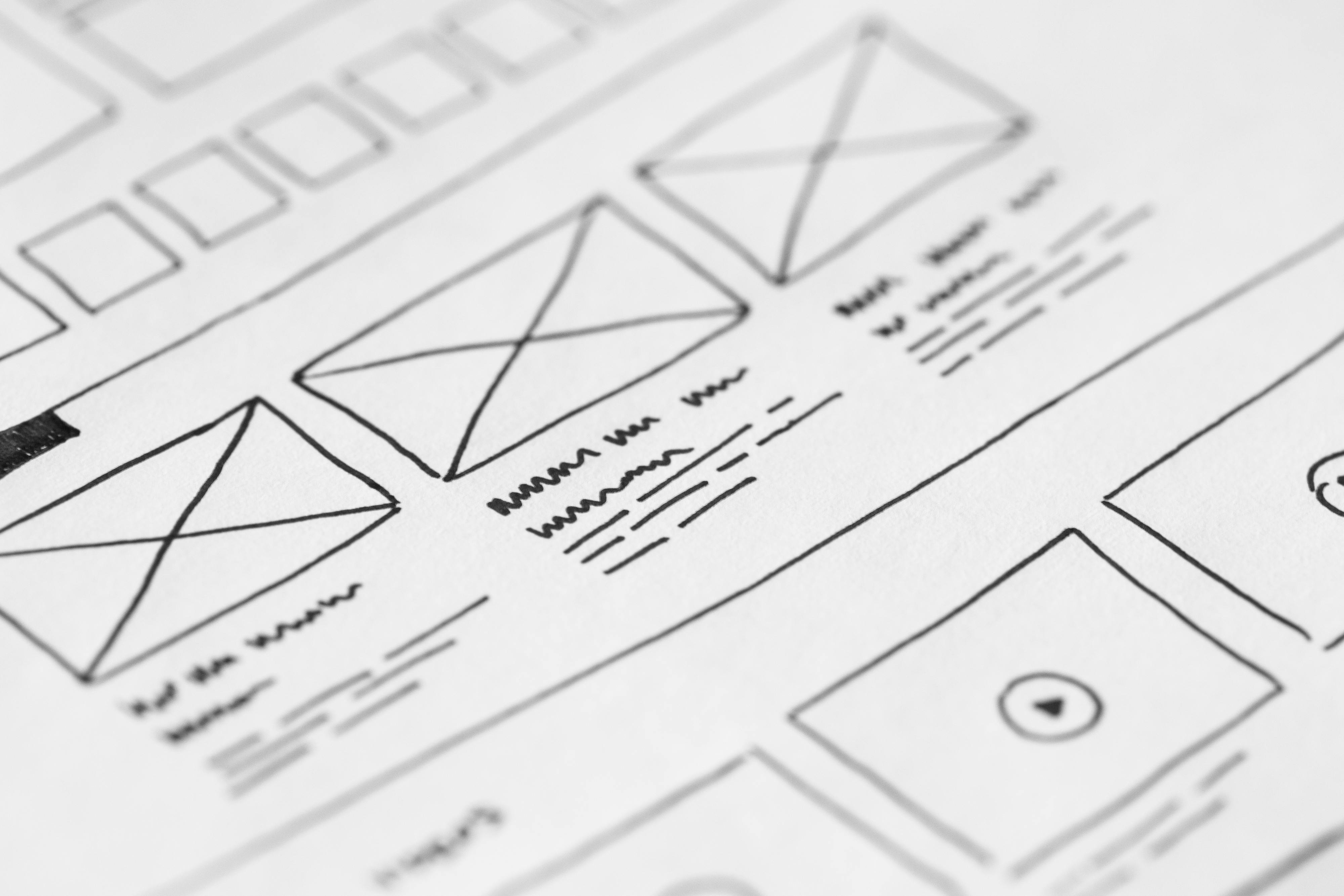In today’s digital landscape, having a stunning website isn’t enough. To truly make an impact, your website needs to be easily discoverable by search engines and provide an excellent user experience. This is where the role of SEO in effective web design comes into play. By integrating SEO principles into the web design process, businesses can enhance their online visibility, attract more organic traffic, and ultimately achieve their digital goals.
Understanding SEO
Search Engine Optimization (SEO) is the practice of improving a website to increase its visibility when people search for products or services related to your business on search engines like Google. The better visibility your pages have in search results, the more likely you are to garner attention and attract prospective and existing customers to your business.
The Connection Between SEO and Web Design
Web design and SEO are intrinsically linked. An effective web design isn’t just about aesthetics; it’s about creating a site that’s structured in a way that search engines can read and understand. The role of SEO in effective web design is crucial because design elements can significantly impact a site’s ability to rank well in search engine results pages (SERPs).
How Web Design Elements Impact SEO
- Site Architecture: A well-organized site helps search engines crawl and index your pages more efficiently.
- Mobile-Friendliness: With the majority of users accessing the web via mobile devices, a responsive design is essential for SEO.
- Page Load Speed: Slow-loading pages can hurt your rankings and frustrate users.
- URL Structure: Clean and descriptive URLs make it easier for search engines to understand your content.
- Navigation and User Experience: Intuitive navigation keeps users engaged and reduces bounce rates, positively affecting SEO.
Key Web Design Elements That Affect SEO
1. Site Architecture
A logical and organized site structure helps search engines find and index all of your website’s pages. Using a hierarchical structure with clear categories and subcategories ensures that both users and search engines can navigate your site effortlessly.
2. Mobile-Friendliness
Google uses mobile-first indexing, which means it predominantly uses the mobile version of the content for indexing and ranking. Therefore, ensuring your web design is responsive across all devices is a critical aspect of SEO.
3. Page Load Speed
Page speed is a direct ranking factor. Websites that load quickly provide a better user experience, which can lead to higher engagement and conversions. Optimize images, leverage browser caching, and minimize code to improve load times.
4. URL Structure
User-friendly URLs that include relevant keywords can improve your site’s visibility. URLs should be short, descriptive, and consistent.
5. Navigation and User Experience
A well-designed navigation menu helps users find what they’re looking for and signals to search engines which pages are most important. Implementing breadcrumbs and internal linking can enhance user experience and SEO.
6. Content Layout and Formatting
Organizing content with headings (H1, H2, H3), bullet points, and short paragraphs makes it easier for users to read and for search engines to understand the structure of your content.
Best Practices for Integrating SEO into Web Design
Designing for Users and Search Engines
While it’s important to design an attractive website, it’s equally important to ensure it’s accessible to search engines. Use semantic HTML tags, provide alt text for images, and ensure that your site’s content is easily crawlable.
Optimizing Images and Media
Large images can slow down your site. Compress images and use appropriate formats. Include descriptive file names and alt text to help search engines understand the content.
Responsive Design
A responsive design adapts to different screen sizes and devices, providing a seamless experience for all users. This is not only beneficial for user experience but also a significant factor in SEO rankings.
Schema Markup
Implementing schema markup helps search engines understand your content better, which can enhance your search listings with rich snippets, increasing click-through rates.
Internal Linking Structure
Internal links help distribute page authority throughout your site and assist users in navigating your content. Use descriptive anchor text for better SEO value.
The Role of Keywords in Web Design
Keywords are the terms that users type into search engines. Incorporating relevant keywords into your web design elements—such as titles, headings, meta descriptions, and content—is essential for SEO.
Importance of Keyword Research
Before integrating keywords, it’s crucial to understand which terms your target audience is using. Tools like Google Keyword Planner can help identify valuable keywords related to your industry.
Placement of Keywords in Web Design Elements
- Title Tags: Include primary keywords in your page titles.
- Meta Descriptions: Use keywords to describe the page content succinctly.
- Headings and Subheadings: Organize content with keyword-rich headings.
- Content: Naturally incorporate keywords throughout your content without overstuffing.
The Impact of SEO-Friendly Web Design on Business Success
An SEO-friendly web design leads to:
- Increased Visibility: Higher rankings mean more exposure to potential customers.
- Better User Engagement: A well-designed site keeps users on your page longer.
- Higher Conversion Rates: Improved user experience leads to more inquiries and sales.
Common Mistakes to Avoid
Overlooking Mobile Users
Neglecting mobile optimization can result in poor user experience and lower rankings. Ensure your site is mobile-friendly.
Using Outdated Web Technologies
Old technologies may not be supported by modern browsers and devices, affecting usability and SEO. Stay updated with the latest web standards.
Neglecting Site Security (HTTPS)
Security is a ranking factor. Implement an SSL certificate to encrypt data and build trust with users and search engines.
Case Study: Transforming Online Presence Through SEO and Web Design
Consider a local business in Hull that struggled with online visibility. By revamping their website with SEO-focused web design—improving site structure, optimizing for mobile, and enhancing page speed—they experienced a 50% increase in organic traffic and a significant boost in sales.
How The Graphic Space Can Help
At The Graphic Space, we understand the critical role of SEO in effective web design. Our team specializes in creating websites that are not only visually appealing but also optimized for search engines. We offer comprehensive services, including:
- SEO Audit and Strategy: We analyze your current site and develop a customized SEO plan.
- Responsive Web Design: Our designs ensure a seamless experience across all devices.
- Content Optimization: We help you create and structure content that’s valuable to users and search engines.
- Technical SEO: We address behind-the-scenes elements like site speed, schema markup, and XML sitemaps.
By integrating SEO best practices into every stage of the web design process, we help businesses in Hull and beyond achieve greater online success.
Conclusion
The role of SEO in effective web design cannot be overstated. It’s a symbiotic relationship where design choices impact SEO performance, and SEO principles guide design decisions. By prioritizing both, businesses can create websites that not only look great but also perform well in search engine rankings.
Investing in SEO-focused web design is an investment in your business’s future. It enhances visibility, improves user experience, and drives sustainable growth. Whether you’re redesigning an existing site or starting from scratch, integrating SEO into your web design strategy is essential.
Ready to elevate your online presence? Contact The Graphic Space today to discover how our SEO and web design services can help your business reach new heights.



